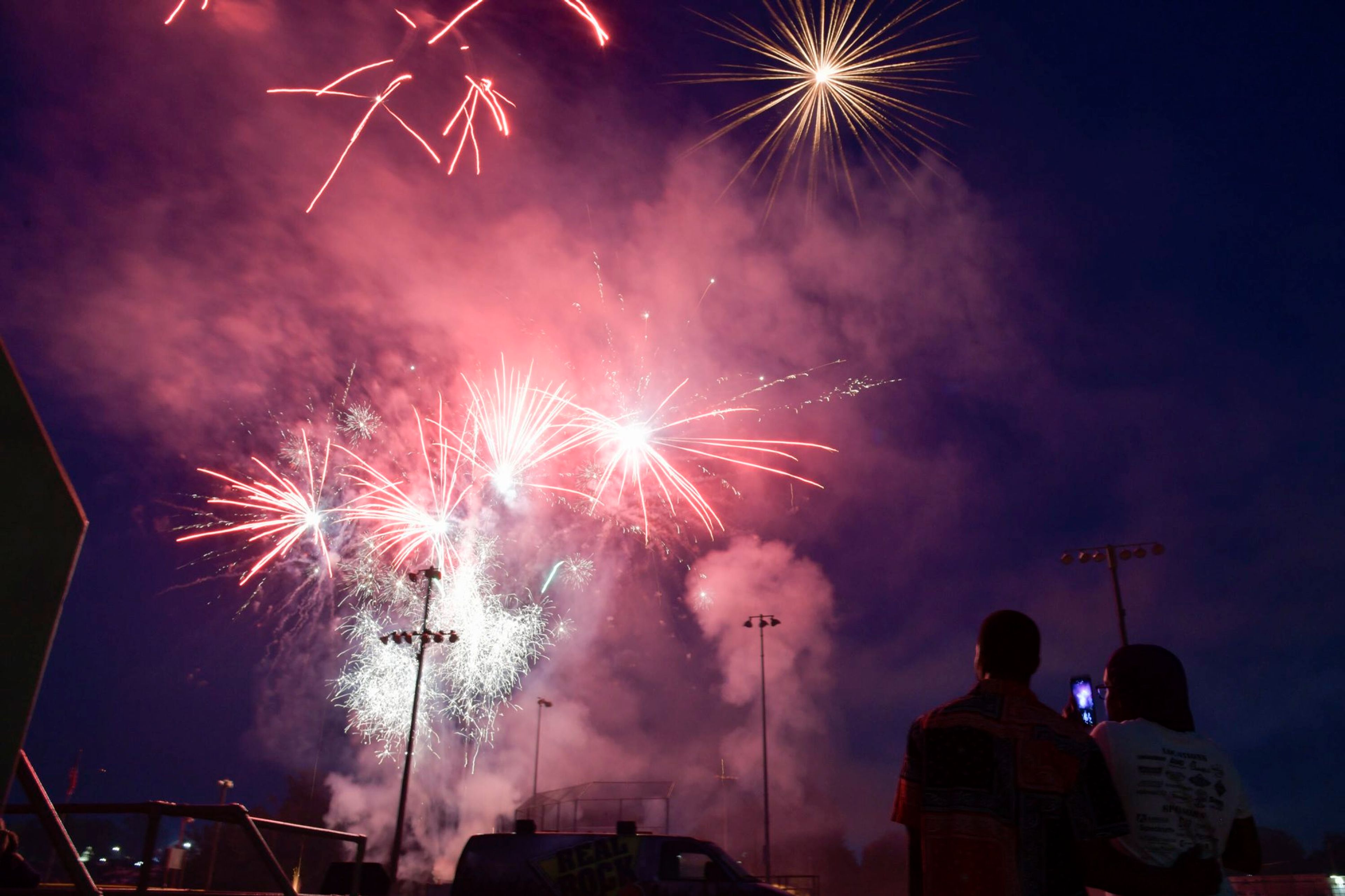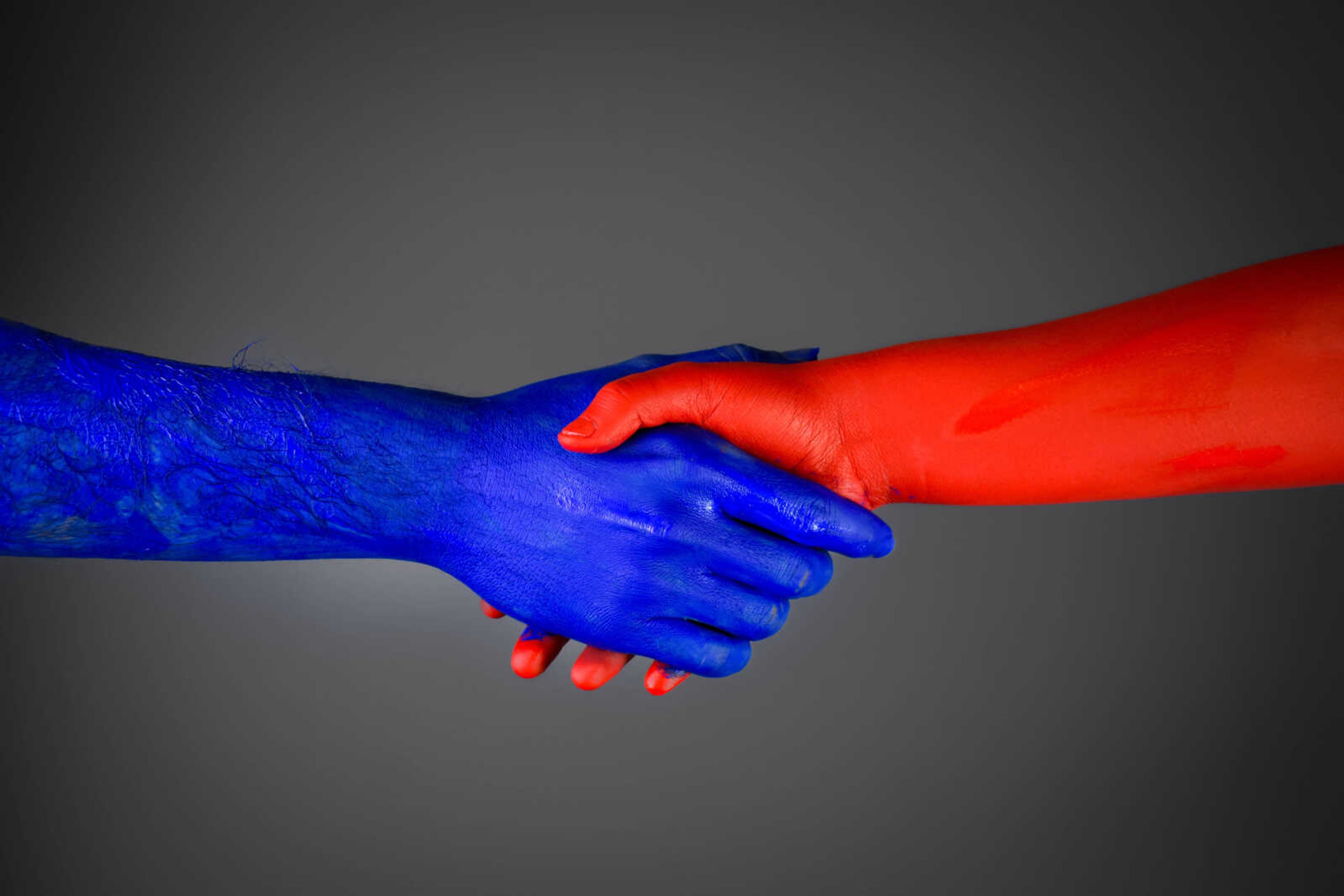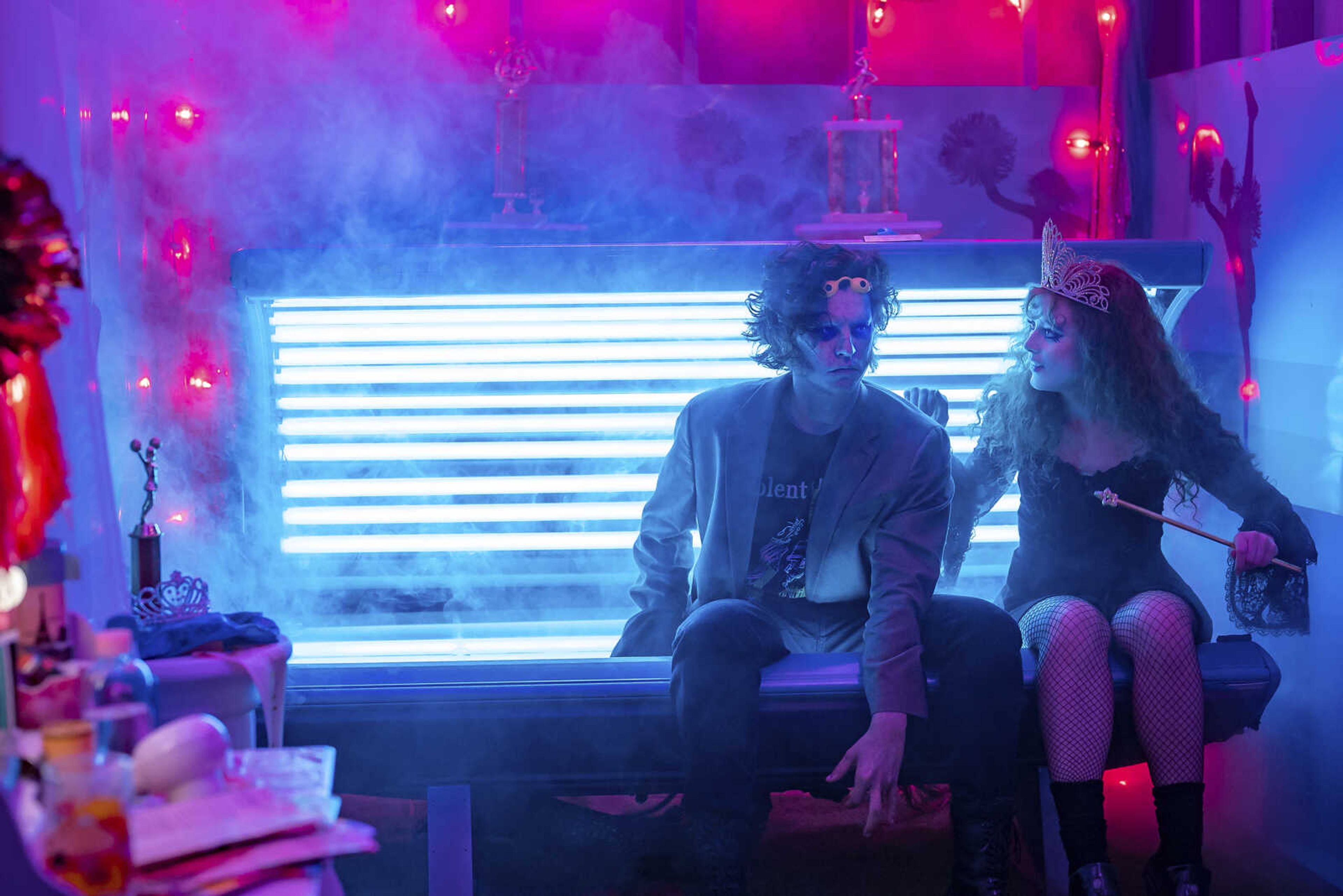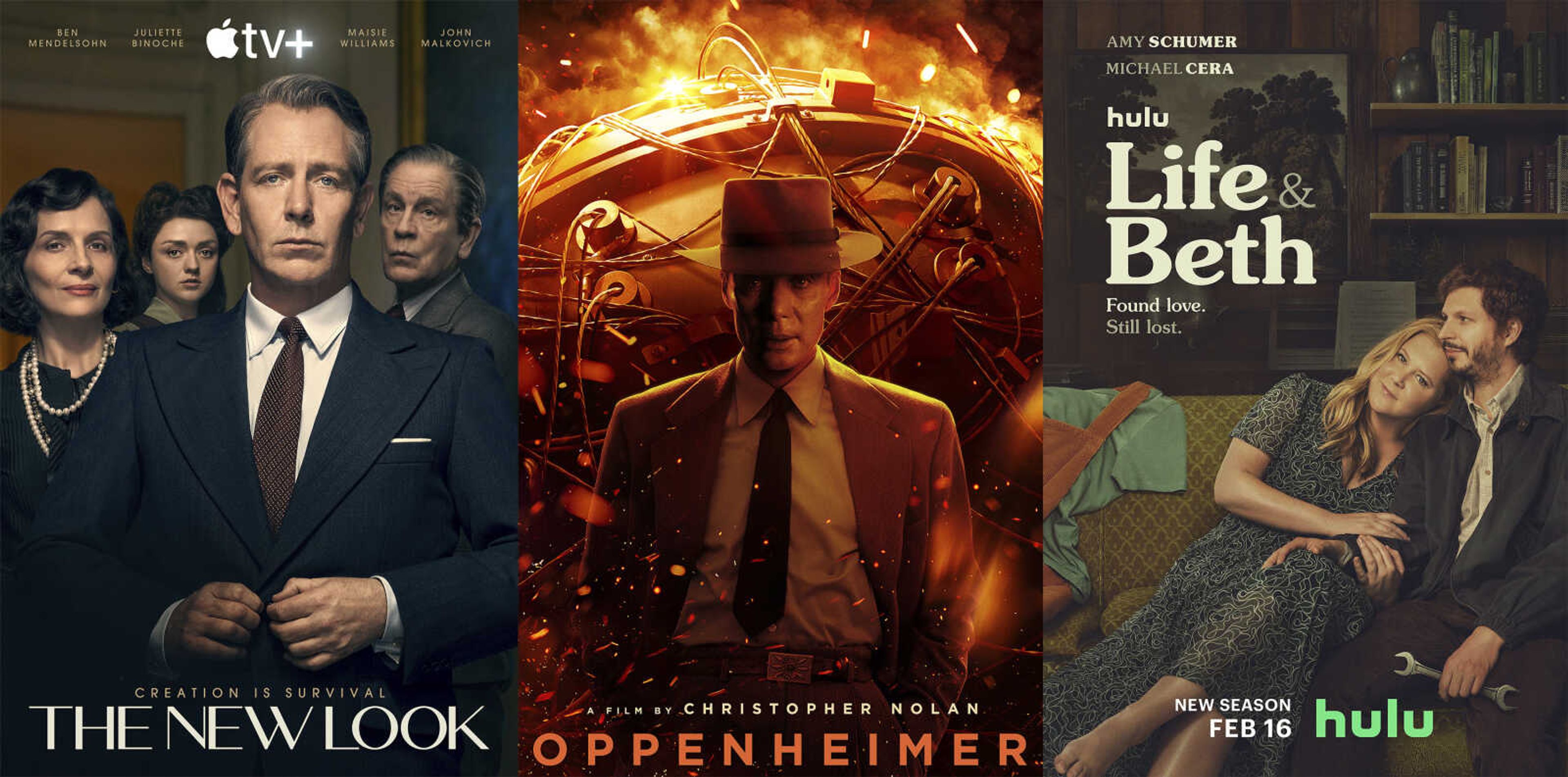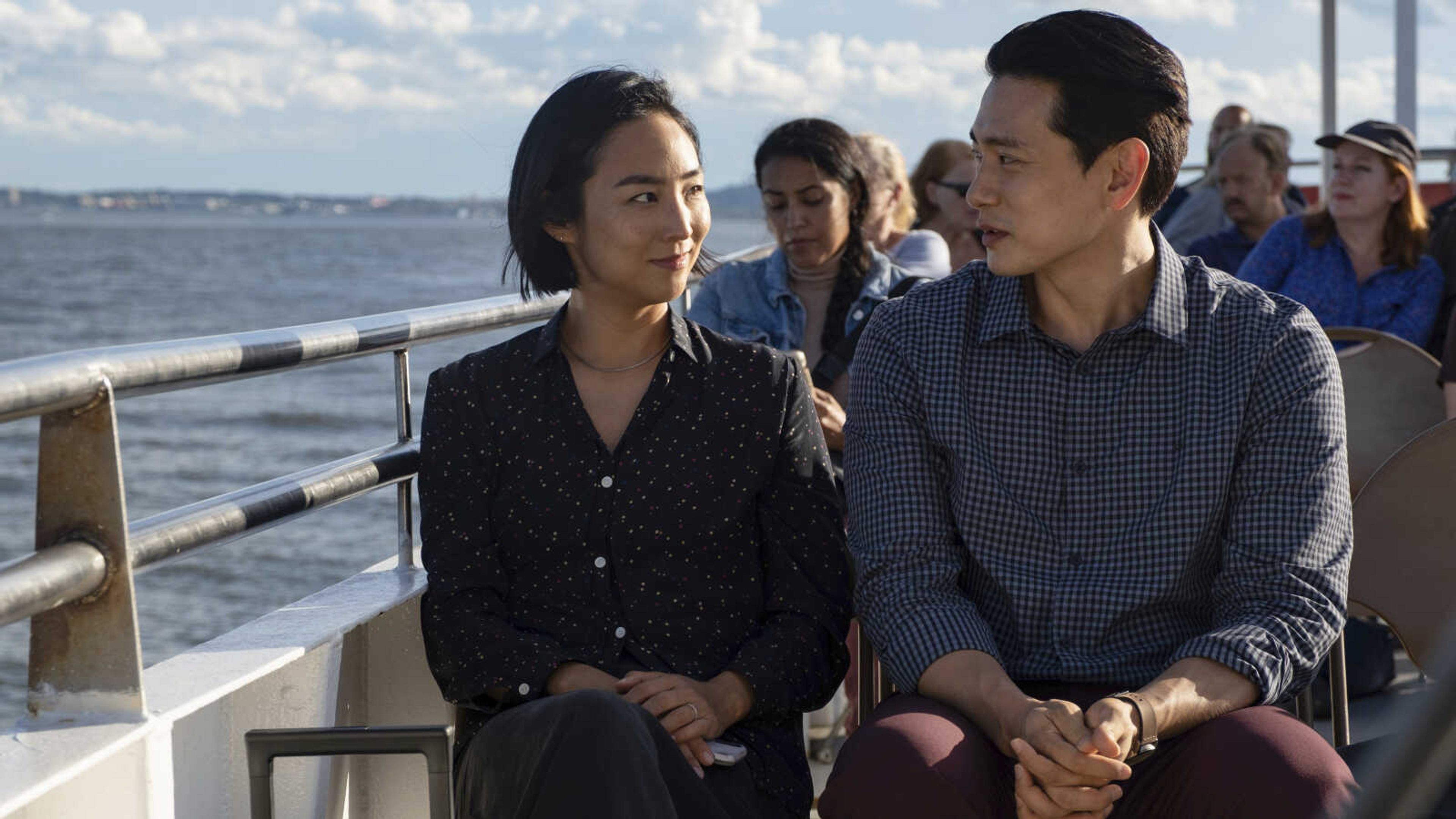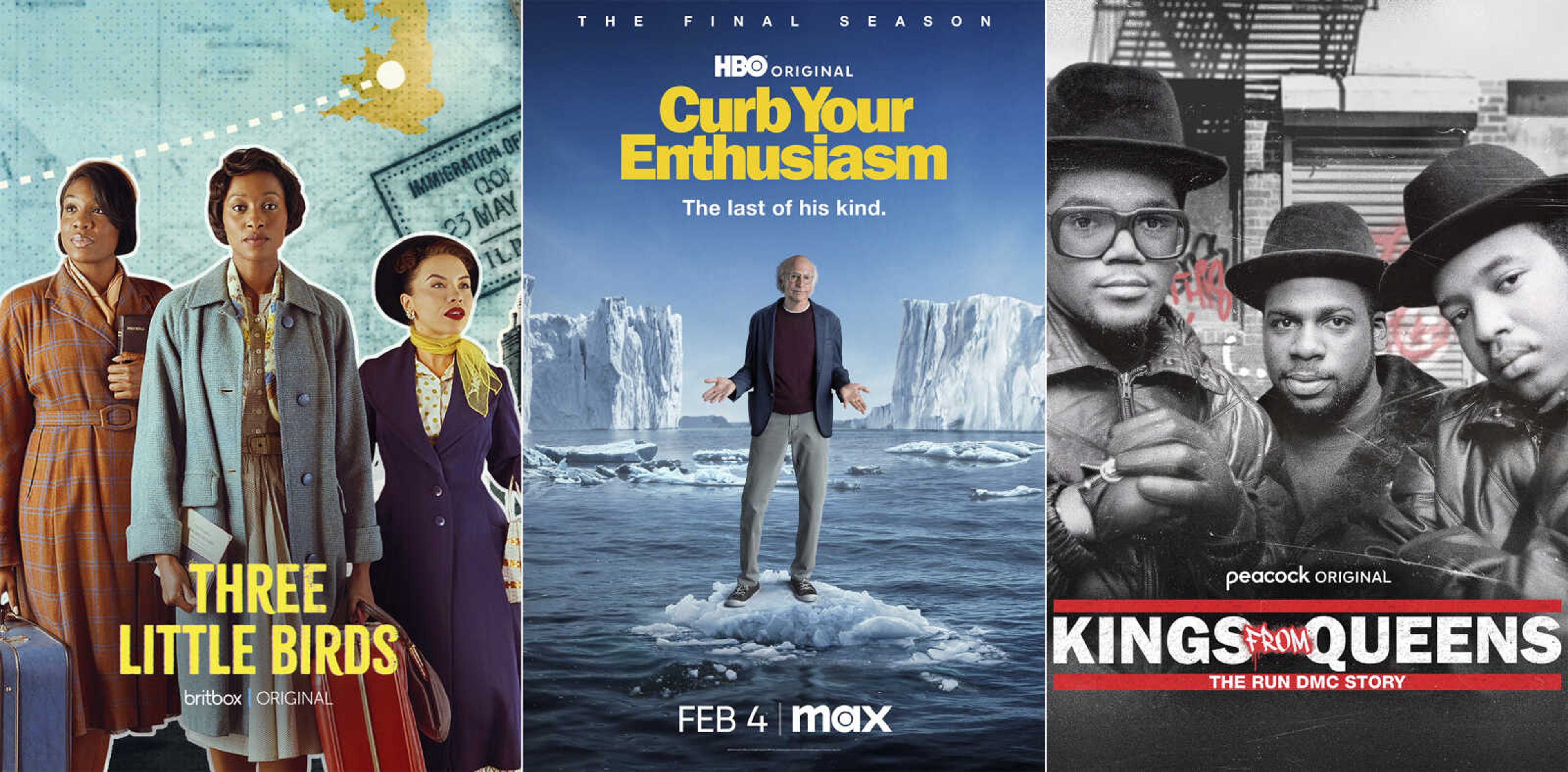Testing her metal: Wendy Cooper's exhibit features photos printed on aluminum
The breadth and depth of scenery at Yosemite National Park is captured in photos by Southeast Missouri State University assistant professor Wendy Cooper -- printed on aluminum. Displayed in the Crisp Museum on the university's River Campus, the photos were taken in June 2013 when Cooper, who teaches commercial photography and graphic design, led a group of 12 students to the California landmark. The photos measure 26 by 30 inches...
The breadth and depth of scenery at Yosemite National Park is captured in photos by Southeast Missouri State University assistant professor Wendy Cooper -- printed on aluminum.
Displayed in the Crisp Museum on the university's River Campus, the photos were taken in June 2013 when Cooper, who teaches commercial photography and graphic design, led a group of 12 students to the California landmark. The photos measure 26 by 30 inches.
Museum director Peter Nguyen said the reaction to Cooper's exhibit, titled "One Tribute to the Grandeur of Yosemite," has been positive.
"The people who have seen the exhibition have enjoyed the photographs. Also, they are intrigued with how she printed the photographs and what she printed them on. It's a different process that hasn't been shown here. ... " Nguyen said.
The exhibit is part of Cooper's research into photographic printing processes and associated surfaces. Cooper's five photos show Mariposa Grove, where the giant sequoias are at Yosemite, El Capitan and views of Half Dome.

"I wanted to see how it affected the print if it was communicating what my vision is for these prints," Cooper said. " ... It was interesting to actually print on metal. It gave it a very contemporary look, one which I will be fine-tuning. It allowed me to see them on this base of aluminum and see how that changed the interpretation of it, if at all."
She said the photos at the Crisp "look like they're floating on the wall." She wants to have a white base placed on the next batch of aluminum prints she creates because she thinks it will cut down on their reflective quality.
Cooper also wants to "go larger" next time.
"I will be continuing the research on it and continuing experimenting until I get it just how I want it," she said. " ... My intention is to have another show. ... Now that I've had this one test run, I'm a lot more clear, a lot more solid, about what I want the final vision to be."
Along with another show, Cooper said one of her next projects will be a photographic study of the Mississippi River Valley, for which she's hoping to land a grant. For this venture, she plans to use an 8-by-10-inch camera she recently purchased.
"I'm really wanting to do large-scale prints -- almost in the landscape painting tradition -- but making it more contemporary. There's not a solid body of research that addresses the photographic history. ... There are landscape paintings, but they're all focused on industry, not around just the landscape for the landscape itself," she said.
"I want to delve into the mythology of that and incorporate that into a body of work for exhibition. I love the mythology around this area and the mythology of the Mississippi River."
The trip to Yosemite was offered through extended learning at the university, so it's open to the community. Cooper skipped a year to do some planning, but intends to offer a journey every summer in June.
"It's a great way to teach ... being out in the field like that; it's my favorite way to teach. It's more hands-on," she said.
Because she's with her students as they're working, Cooper said they grasp concepts more quickly, and there's a sense of wonder and connection to the world around them.
"If they have a question about why isn't this turning out right, I'm right there instead of telling it to them in a classroom, which works up to a point but really getting them out into the field where they can ask you ... that's the perfect way to learn photography ..." she said.
"Being in a national park where it is nothing but raw nature, you can really build that connection even more just because you don't have as much distraction and you're really in tune to how everything affects the landscape. National parks provide a really good setting for that sort of intimate connection between the photographer and the subject," Cooper added.
Shannon Duggan, who graduated from Southeast in May with a bachelor of science degree in commercial photography, jumped at the chance to go on the trip.
"It was an amazing opportunity," said Duggan, who lives in St. Louis. She said students benefited from Cooper's know-how in commercial photography, and experience in fine art, wedding and portrait photography.
"If you asked a question, she had an answer," Duggan said.
Cooper, who owns Something Blue Photography in Cape Girardeau, started doing darkroom work in art school 15 to 20 years ago and still loves the mechanics of taking photos with a film camera. She opened Something Blue about seven years ago in Savannah, Georgia, before moving here.
"It's growing here. It keeps me active and still shooting. ... I think every art professor needs to be working on their own craft consistently, at least for me, so I can keep that passion and translate that and bring that to my students," Cooper said.
Having one foot in the business world also enables her to be a better mentor to her students to whom she also teaches darkroom work.
To help reduce glare on the aluminum prints, Cooper said the printer she uses on the West Coast will lay down some white ink before they print the photo. They run the aluminum through a machine, and it prints the image directly on the aluminum.
" ... Then before they do it, ... they'll put white ink down just to have a white base and then they'll print the print on top of that. It makes it look luminous, which is really nice. It almost gives it a 3-D quality," she said.
Her exhibit will be displayed through Aug. 24.
For more information on gallery hours, call 651-2260.
rcampbell@semissourian.com
388-3639
Pertinent address:
518 S. Fountain St., Cape Girardeau, MO
Connect with the Southeast Missourian Newsroom:
For corrections to this story or other insights for the editor, click here. To submit a letter to the editor, click here. To learn about the Southeast Missourian’s AI Policy, click here.



